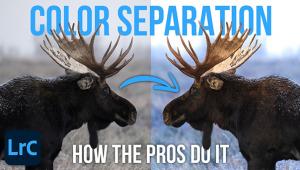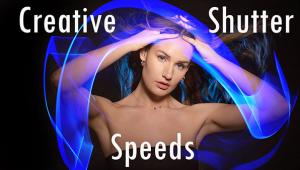Camera Basics: Mechanical vs. Electronic Shutters (VIDEO)
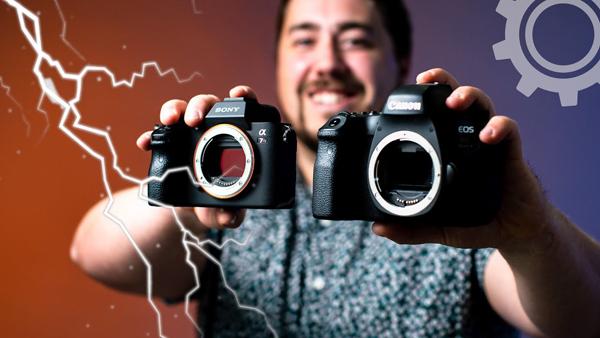
Many photographers are confused by the fact that some modern cameras have two shutters; a conventional mechanical one and another that’s electronic. The explainer below from the Montana-based Rocky Mountain School of Photography (RMSP) demystifies the difference.
Forrest de Saintonge (we’ll call him Forrest) is the founder and lead instructor of RMSP that’s been training budding photographers since 1989. In the episode below he explains the difference between mechanical and electronic shutters, their pros and cons, and when you may want to use one instead of the other.
Before jumping into the details Forrest explains how to determine if your camera includes an electronic shutter, and where to find the setting within the menu. As he notes, “If you have a DSLR (as opposed to a mirrorless camera) “There’s a slim chance that you’ll have the ability to flip between electronic and mechanical shutters.”
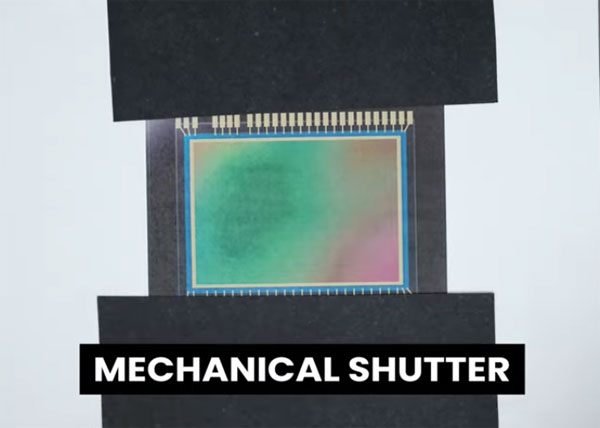
Many mirrorless models do include this option, but they typically arrive from the factory with the mechanical shutter enabled by default. Forrest uses the image of a camera sensor to explain the difference between the two types of shutters, which makes the concept very easy to understand.
As you’ll see, a mechanical shutter employs two curtains that block light from hitting the sensor except during the moment when you capture an image with whatever shutter speed setting you use. Electronic shutters work differently: “Instead of the entire sensor capturing light, the sensor actually reads light one row of pixels at a time at a time.” The illustration provided makes this easy to understand.
Technicalities notwithstanding, the real point is what all this means when shooting photographs, so you can make the right choice of which shutter you use depending upon the task at hand. One advantage of electronic shutters is that they’re able to shoot at much higher shutter speeds than their mechanical counterparts. There are other positive attributes too.
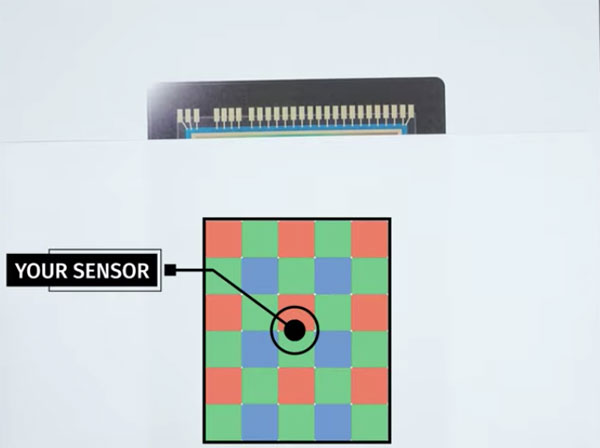
Like many technological choices, however, modern electronic shutters involve tradeoffs and there are a few potential pitfalls as well. As you’ll see, the most important disadvantage to consider is what’s known as the “rolling shutter” effect.
There’s much more worthy of note in this 11-minute video, and by the time you’re done watching you’ll also be done with any confusion. Be sure to take a look at Forrest’s popular YouTube channel, where you’ll find more helpful explainers like this one.
We also recommend checking out another video tutorial we posted recently, with a well-deserved salute to an “under loved classic camera,” the Pentax K20D.
- Log in or register to post comments








